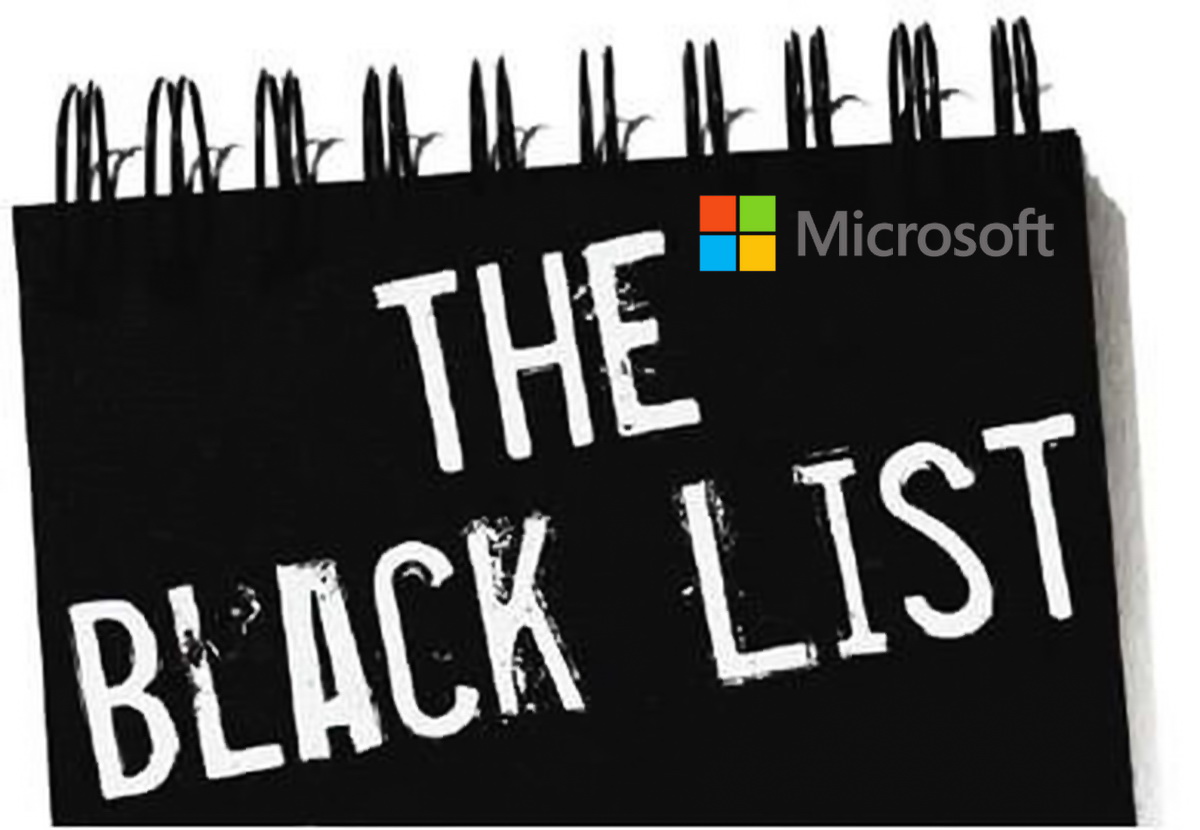
Microsoft samengesteld en publiceerde een lijst van legitieme applicaties die door aanvallers kunnen worden gebruikt voor het omzeilen van Windows Defender veiligheidsregels.
Corporation notifies that attackers can penetrate organization’s network by using this legitimate programs. Microsoft refers to a special method that use cybercriminals – Living off. Living off suggests exploitation of OS functions or legitimate administrating tools in compromising corporate network.Due to application of quite harmless tools attackers can often avoid detection by different antivirus decisions.
Hence Microsoft recommends creation of special rule that blocks certain legitimate applications.
“Unless your use scenarios explicitly require them, Microsoft recommends that you block the following applications”, — advice in Microsoft
- addinprocess.exe
- addinprocess32.exe
- addinutil.exe
- bash.exe
- bginfo.exe[1]
- cdb.exe
- csi.exe
- dbghost.exe
- dbgsvc.exe
- dnx.exe
- fsi.exe
- fsiAnyCpu.exe
- kd.exe
- ntkd.exe
- lxssmanager.dll
- msbuild.exe[2]
- mshta.exe
- ntsd.exe
- rcsi.exe
- system.management.automation.dll
- windbg.exe
- wmic.exe
[1] — A vulnerability in bginfo.exe has been fixed in the latest version 4.22. If you use BGInfo, for security, make sure to download and run the latest version here BGInfo 4.22. Note that BGInfo versions earlier than 4.22 are still vulnerable and should be blocked.
[2] — If you are using your reference system in a development context and use msbuild.exe to build managed applications, we recommend that you whitelist msbuild.exe in your code integrity policies. Echter, if your reference system is an end user device that is not being used in a development context, we recommend that you block msbuild.exe.
“These applications and files can be used by attackers for bypassing of protective measures, Bijvoorbeeld, rule white applications list. Met name, attackers can bypass Windows Defender Application Control protection», — warns Microsoft.
Bron: https://docs.microsoft.com
